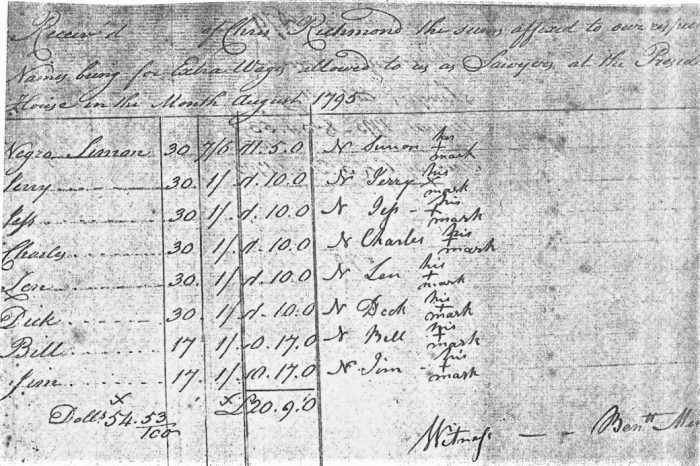Who Built the White House?
“I wake up every morning in a house built by slaves.” After Michelle Obama said those words at the 2016 Democratic National Convention, thousands of Americans flooded the White House Historical Association with calls. Who were the enslaved African Americans who built the White House?

Though our national ethos is rooted in the principles of liberty and equality, America has a complex history with these ideals that reaches to its very foundation. Few examples of this are more poignant than the construction of the White House: a monument to freely elected governance that was constructed by enslaved labor.
This time on Sidedoor, we journey back 230 years to search for clues about the enslaved African Americans who built our most famous residence — and many of the buildings that became the cornerstones of a new nation.

Speakers
- Lina Mann – Historian, the White House Historical Association
- Mary Elliott – Curator of American slavery, Smithsonian’s National Museum of African American History and Culture

Listen Now
Links and Extras
- Watch Michelle Obama’s full speech at the 2016 Democratic National Convention from PBS Newshour. Or, jump in at the section leading up to the now-famous quote.
- Explore the paradox of liberty during the building of a new nation in the online exhibition Slavery & Freedom from the Smithsonian’s National Museum of African American History and Culture.
- Visit the Slavery in the President’s Neighborhood initiative from the White House Historical Association. Resources include a list of all known enslaved people who worked on the White House and a detailed timeline of documents and stories associated with the enslaved working in presidential households.
- The White House 1600 Sessions podcast shares a conversation between Smithsonian Secretary Lonnie Bunch and White House Historical Association Co-founder David Rubenstein about the history and legacy of slavery in the nation’s capital.
- As noted in the episode, the labor of enslaved and formerly enslaved people went beyond the walls of the White House, touching upon many key buildings across the nation’s capital including the Smithsonian Castle. Read more about this history from the journal, Southern Spaces.

Posted: 27 October 2022







